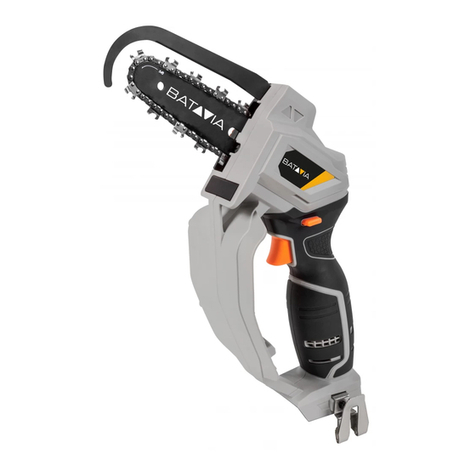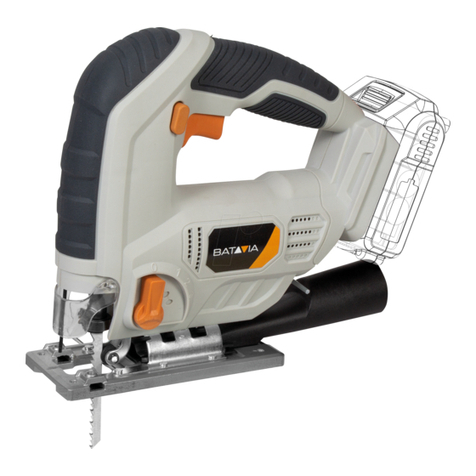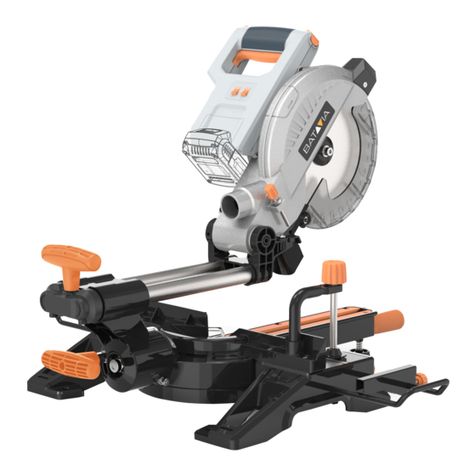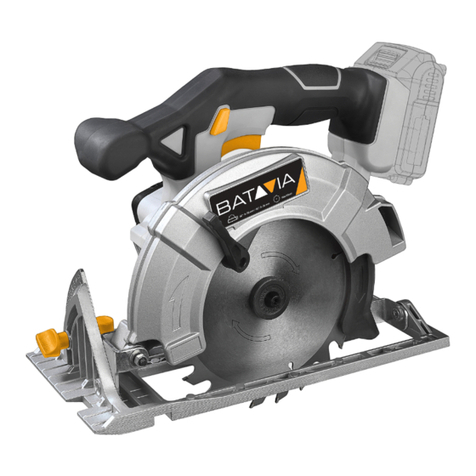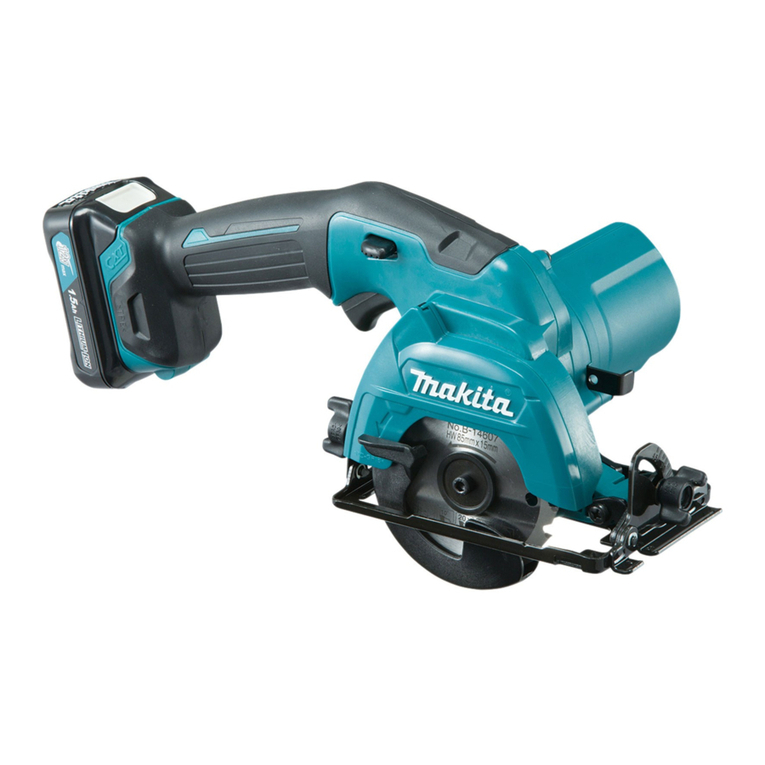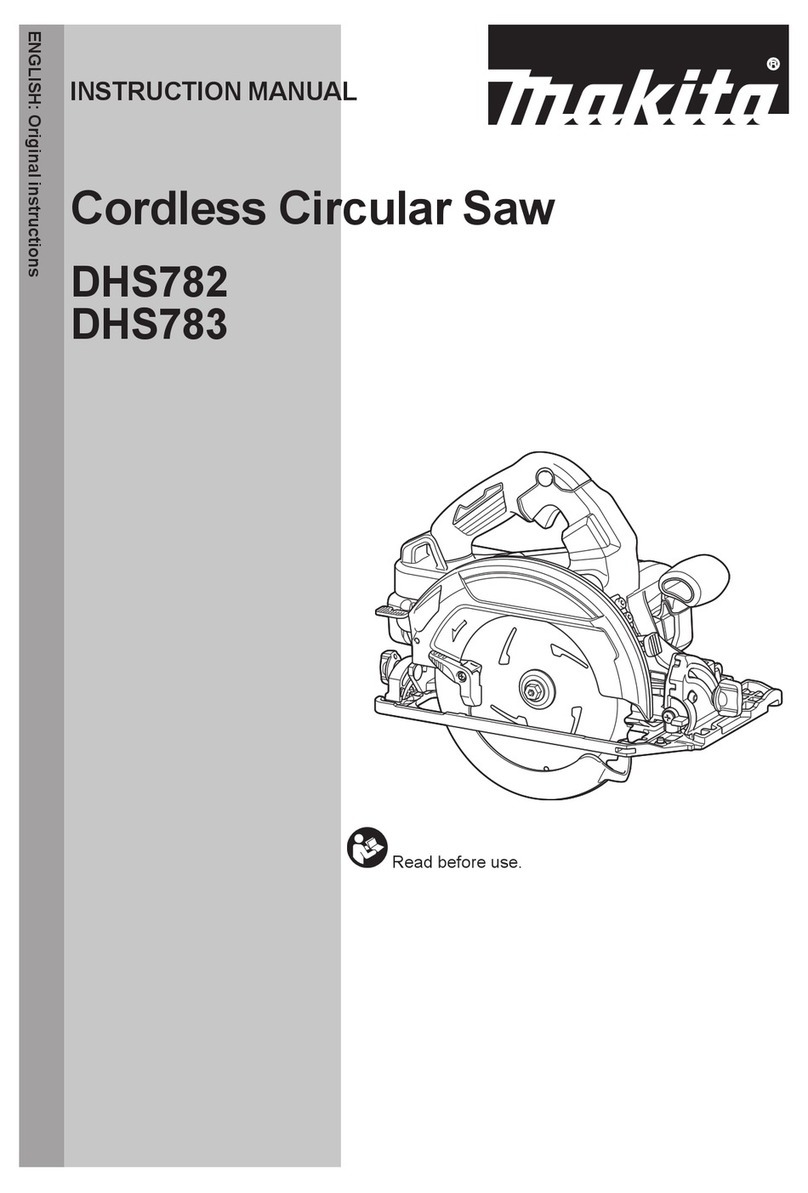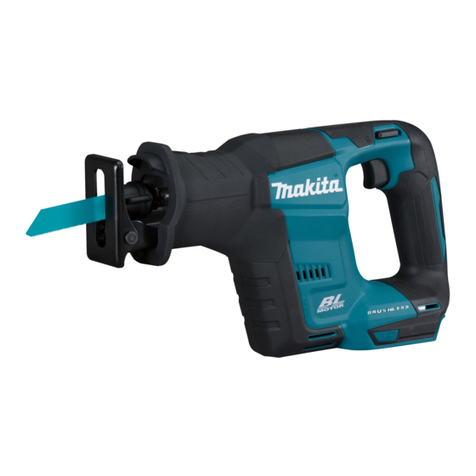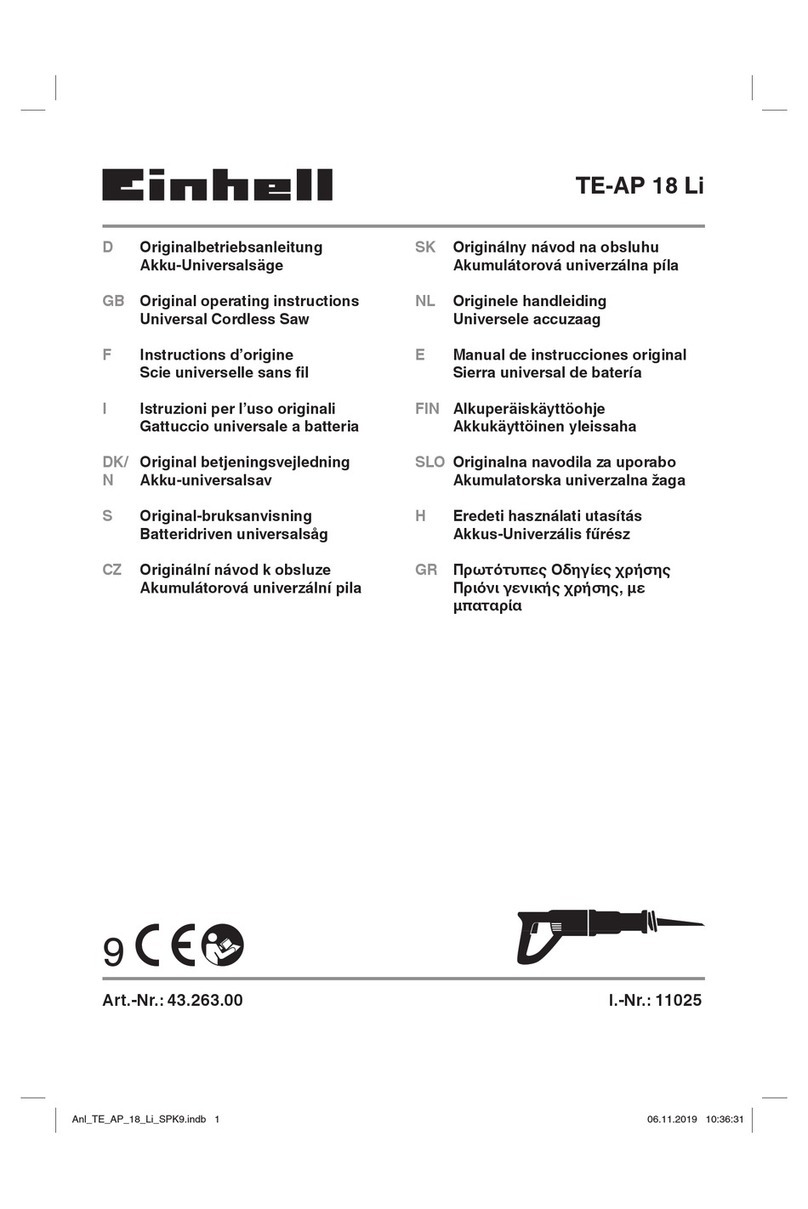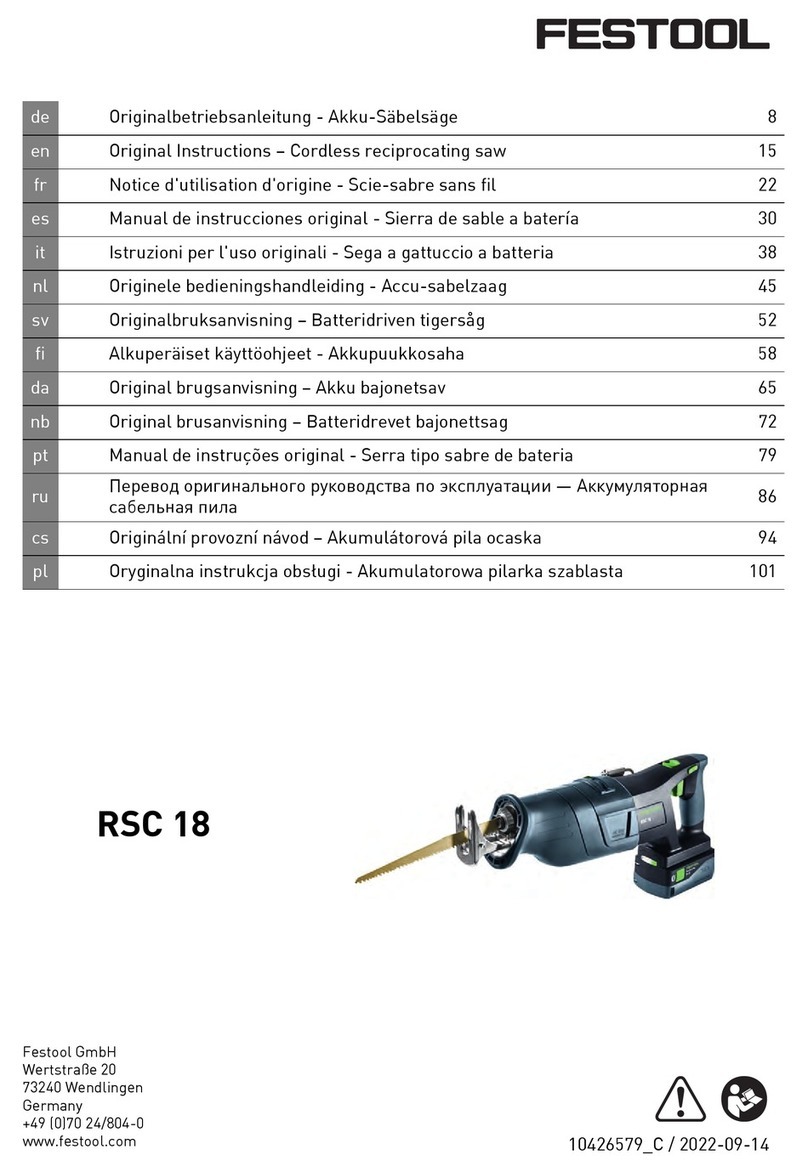
English
8
Dear customer
User Guides provide useful tips on how to
use your new device. They help you to use
all functions, avoid misunderstandings and
prevent damage. Please take your time to
read this manual carefully and keep it for
future reference.
Please read the separately attached
“General Safety Instructions for Power
Tools” and all additional safety
instructions in these operating
instructions!
These operating instructions contain
important information on the operation and
handling of the unit. Keep these operating
instructions for further reference. Please
pass it on together with the unit if it is
handed over to third parties.
Battery and charger not included.
The Maxxpack batteries and chargers are
available online and in participating shops.
1. General information
1.1. Reading and storing the user
manual
This user manual accompanies this
below simply as “product”). It con-
tains important information about safety,
usage and care.
Before using the product, read the user
manual carefully. Pay particular attention to
the safety instructions and warnings. Failure
to comply with the instructions in this user
manual may result in severe injury or dam-
age to the product.
Comply with applicable local or national
regulations concerning the use of this prod-
uct. Keep this user manual in a safe place
for future reference. This user manual
belongs with this product. Make sure to
include this user manual when passing the
product on to third parties.
1.2. Explanation of the symbols
The following symbols are used in the user
manual or on the product:
Warning! To reduce the risk of
injury, the user must read the
instruction manual.
Denotes risk of personal injury, loss
of life or damage to the tool in case
of non-observance of the
instructions in this manual.
Risk of electric shock.
Only operate the spindle lock in idle
mode.
Do not reach into the saw blade.
Caution: laser beam! Do not look
into the laser beam.
Laser information
plate.
The product is not suitable for wet
grinding.
The product is not suitable for
rough grinding.
Switch the product off, remove the
battery and let the product cool off
before setup, changing
accessories, cleaning,
maintenance, storing and
transporting the product.
Always wear hearing protection.
The effects of noise can cause
hearing loss.
Wear a dust mask. When working
with wood and other materials,
harmful dust may be generated.
Work with asbestos containing
materials is not permitted!
Wear safety glasses. When working
with electric power tools, sparks,
splinters, chips and dust particles
may be generated and these can
cause loss of sight.
Wear suitable, protective clothing.
Wear suitable protective footwear.
Wear suitable protective gloves.
The product is suitable for indoor
use only.
LASERSTRAHLUNG
NICHT IN DEN STRAHL BLICKEN
LASER KLASSE 2
LASERSTRALING
KIJK NIET IN DE STRAAL
LASER KLASSE 2



